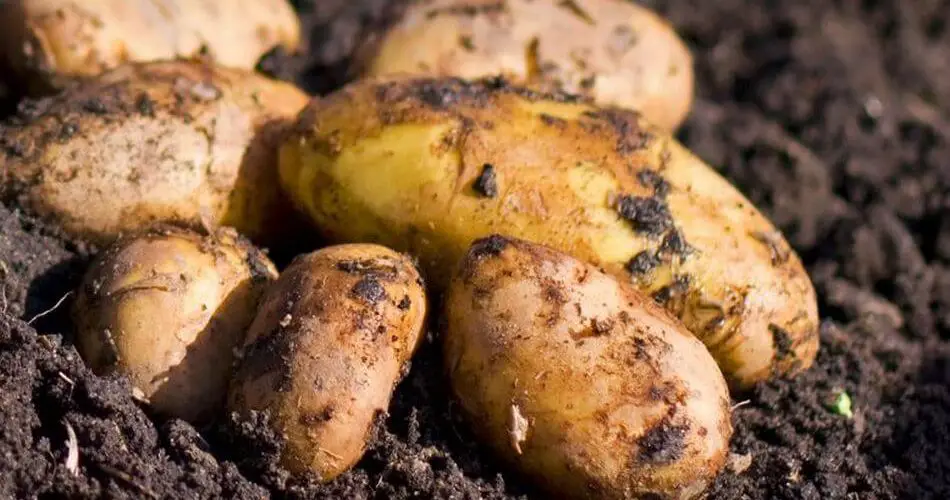
7 Different Planting Methods for Growing Potatoes
If you’re contemplating growing your own potatoes, now is an opportune moment to select your preferred planting method. It’s essential to consider the right approach based on your garden space, region, and resources. A few years ago, I conducted a test involving the growth of potatoes using seven different planting methods, revealing the distinct advantages and drawbacks of each throughout the growing season.
Explore the various planting methods available, highlighting those that proved most effective and those with less successful outcomes.
The Row Method (Classic and Cost-Efficient):
Dig straight, shallow trenches, 60 cm to 1 m apart, in well-prepared soil. Plant seed potatoes 30 cm apart, covering them with about 8 cm of soil. Mound soil between rows as shoots reach 10 to 12 inches tall. Proven and cost-effective, this traditional method is simple and practical for larger plantings. However, soil quality may impact yield, making it less suitable for poorly compacted or low-organic-matter soil.
The Straw Mulch Method (Less Digging):
Place seed potatoes on the prepared soil surface, covering them with 8 to 10 cm of loose, seedless straw. Continue mounding straw around stems as they grow. This method retains moisture, suppresses weeds, and facilitates effortless harvesting without digging. However, it may result in a lower yield compared to the mounded row method, and field mice can pose a threat.
The Raised Bed Method (Greater Yield):
Loosen the soil in a half-filled raised bed, placing seed potatoes about 30 cm apart in all directions. Add more soil as potatoes grow, eventually filling the bed. This method produced the largest harvest in trials, yielding uniformly large potatoes. Ideal for heavy and poorly drained soil, but requires a substantial amount of soil to fill the bed.
The Wooden Box Method (Good for DIYers):
-
- Build a square, bottomless box and plant similar to a raised bed. Add slats and soil as plants grow, with the option to remove a slat for harvesting. While yielding results similar to a raised bed, the effort and time spent building the box may not justify the results.



